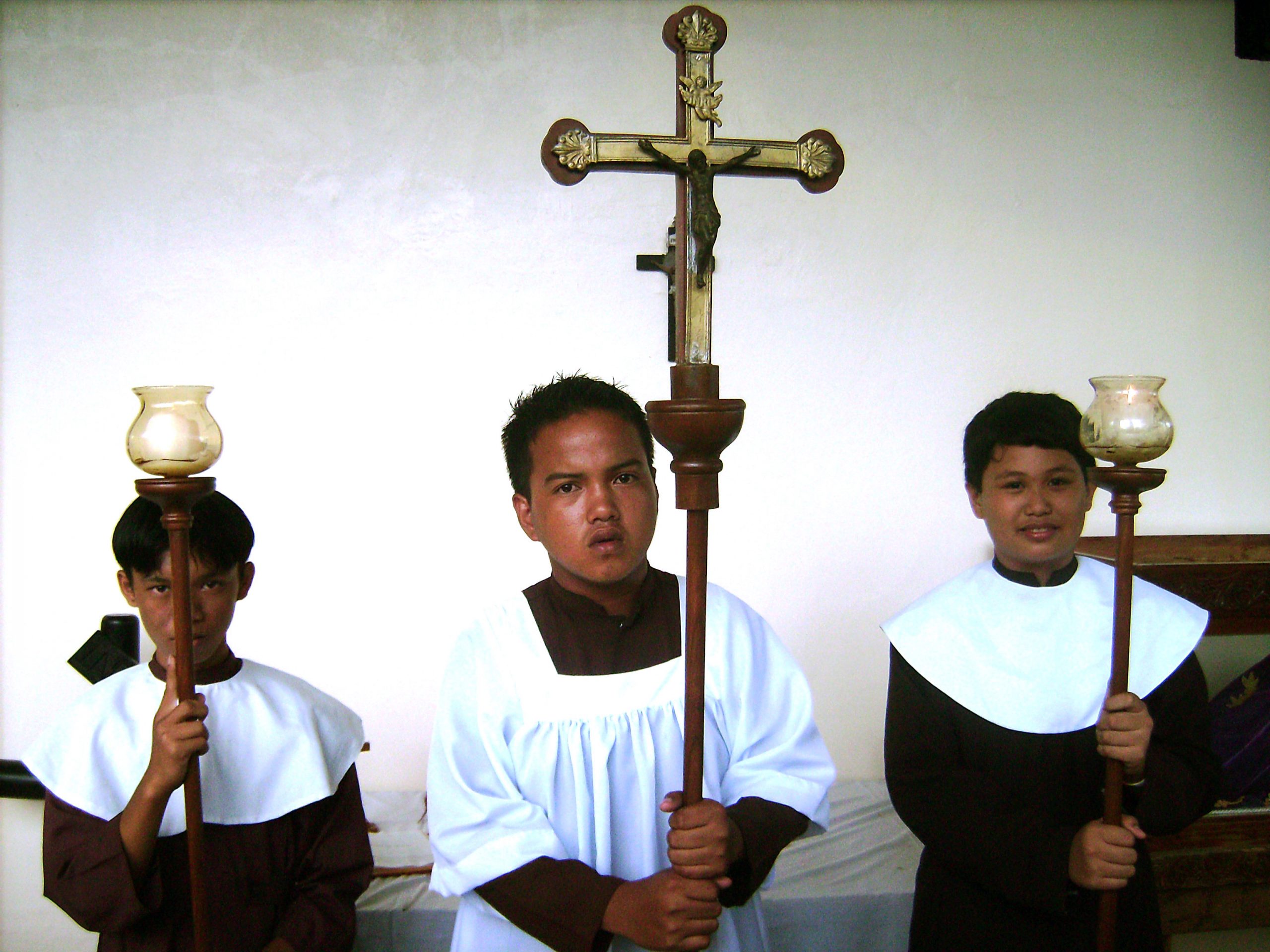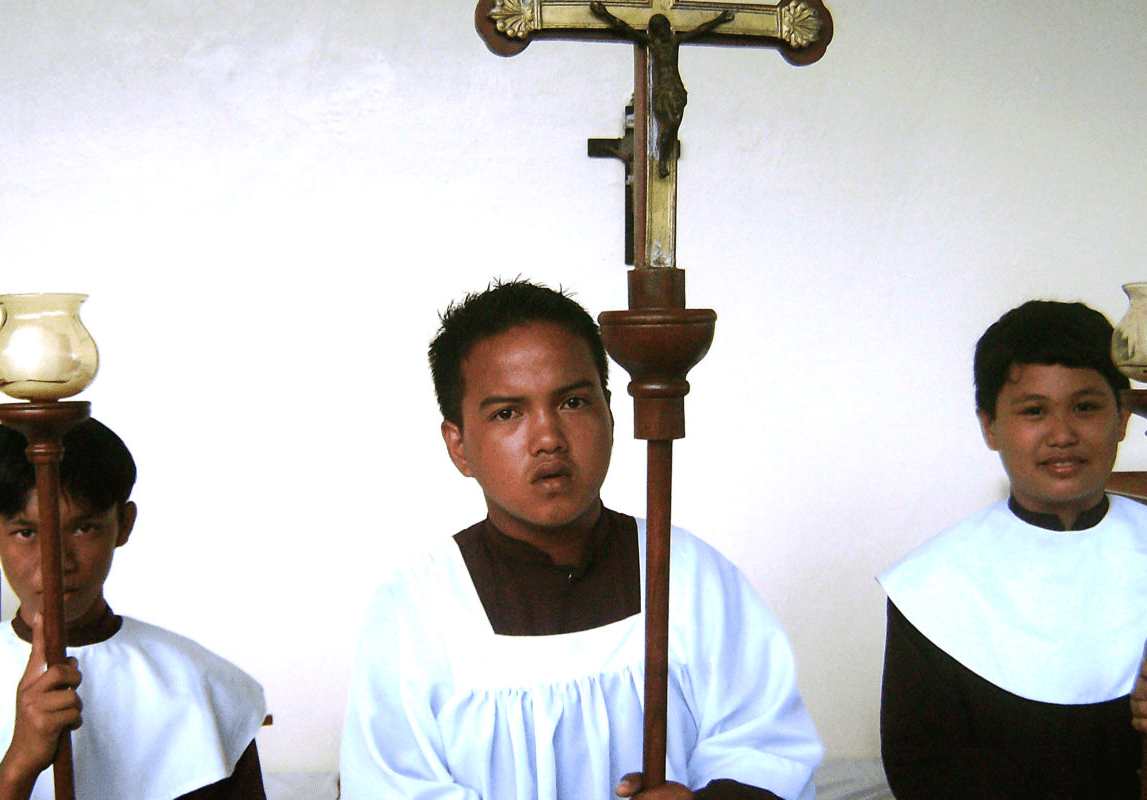The entrance procession at Mass is described in three locations in the General Instruction on the Roman Missal (GIRM): 120–123 for Mass celebrated without a deacon; 171–174 for Mass celebrated with the ministry of one or more deacons; and 210–211 in the case where Mass is concelebrated by a number of priests. The entrance procession, like the other processions at Mass, is considered among those “gestures” and “actions” which are meant to be determined by
1. the provisions of the GIRM
2. the traditional practice of the Roman Rite
3. what serves “the common spiritual good” of those taking part (see GIRM 42, 44).
These three elements are essential to understanding the ars celebrandi of the entrance procession —namely, what is to be done according to the explicit directives of the GIRM, how it is to done according to the ritual customs drawn from the tradition, and why the liturgical action is taking place for the spiritual good of those worshipping. Indeed, all these elements need to be considered together whenever preparing for the celebration of the Eucharist. Keeping these three factors in mind whenever preparing for the liturgy helps avoid making decisions according to “private inclination or arbitrary choice” (GIRM no. 42).
For our purposes, let’s assume we are celebrating a Sunday Mass with a deacon and without concelebrants or incense, since this is perhaps more the most common reality for most parishes. Let’s also assume a number of servers fulfilling the various roles needed for Mass. Ordinarily the procession begins when someone rings a bell at the door of the sacristy where the procession begins. If the vesting sacristy is in the back of the church, the procession can directly proceed down the center aisle. If the sacristy is located in the front of the church, the procession can make its way through the entire length of the church by the side aisle and then down the center aisle, or part way up the side aisle and across to the center aisle.
Two servers holding candles lead the procession, walking side by side. An instituted acolyte or another server may hold the processional cross between them, walking with the candle bearers side by side in one line. It is not traditional for the candle bearers to walk several paces behind the processional cross since their purpose is to the light the way for the procession. If the pathway of the procession becomes too narrow for the three servers to walk side by side, the candle bearers walk ahead of the cross for as long as needed since their purpose is to light the way for everyone following them.
If a sufficient number of servers is not available, it is possible to omit the processional cross and retain the two processional candles. In fact, this was formerly the common practice at any solemn Mass celebrated by a priest. Historically, the use of the processional cross was reserved for Masses celebrated by a bishop or to Masses celebrated by a priest which involved some kind of special procession as on Palm Sunday or at a funeral. Whenever used, the processional cross is always carried with the image of Jesus Crucified facing forward in the direction of the procession (see Mutel and Freeman, Cérémonies, pp. 75–76).
The servers holding the candlesticks should be, as much as possible, of the same height in order to be able to hold the two candles at the same height. When holding the candlestick, the server on the right places his left hand on the foot of the candlestick and his right hand on the node. The server on the left does the opposite, namely, places his right hand on the foot of the candlestick and his left hand on the node. The Roman custom is to hold the candle directly before one’s face in such a way as to be able to see where one is processing. In addition to accompanying the procession at the beginning and end of Mass, these same candlesticks are used for the reading of the Gospel (see Mutel and Freeman, Céremonies, p. 74).
Other servers follow behind the cross and candles. They walk two by two according to their height or rank. If there is an odd number of such servers, the last one customarily walks alone, down the center of the aisle, behind the two in front of him. Instituted lectors or other readers may walk behind the servers, either side by side if there are more than one, or if there is only one, like the solo altar server mentioned above, directly behind the two lines of servers.
If the deacon is not carrying the Gospel Book, he walks with the priest celebrant, at his right side. In this case, the Gospel Book might be placed on the altar before Mass begins. Otherwise, the deacon, wearing the stole and dalmatic, and holding the Gospel Book, walks directly in front of the priest celebrant. The Roman manner of holding the Gospel Book is similar to the manner of the servers holding the processional candles. Customarily, the deacon carries the Gospel Book with its front cover facing forward. He places his right hand close to the top of the spine of the book and his left hand close to the bottom of the book’s fore edge. He holds the Gospel Book in front of him no higher than eye level—so that he can see where he is going (see A. Fortescue, J.B. O’Connell, A. Reid, The Ceremonies of the Roman Rite Described, Bloomsbury, 2009, pp, 137, 207).
The priest, vested in stole and chasuble, walks alone behind the deacon, with hands folded, holding nothing in his hands. As the procession makes its way to the sanctuary, everyone walks two by two rather than in two continuous and distinct lines. This is especially the case when turning left or right to exit or enter one of the aisles of the church.
Everyone stands from the beginning of the entrance chant, or from the moment the priest leaves the sacristy, indicated by the ringing of the bell. All remain standing until after the priest prays the opening collect for Mass.
Next time, we’ll consider what happens when the procession reaches the sanctuary and Mass begins.



